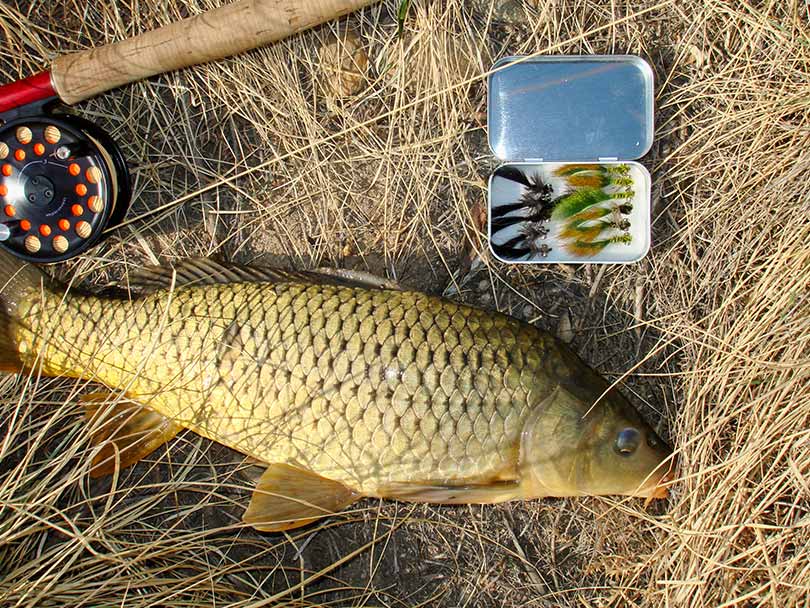By Dennis Smith
Long before I became enamored of fly fishing for trout, I’d fish for anything that had fins and swam. And I’d use whatever bait, lure or method I thought would work. Worms, grubs, slugs, nightcrawlers, minnows, frogs, crawdads, hellgrammites, grasshoppers, chicken livers, hot dogs, bacon and homemade dough balls were all up for grabs. If I could get it to stick to a hook, it was bait. If it didn’t catch fish, I might eat some of it myself.
This was due chiefly to childhood innocence (or ignorance), geography reality and my financial status at the time: I was 9 or 10 years old, lived on the banks of a large warm water creek and the sum annual total of my discretionary income was roughly $60 a year. We caught bass, bluegills, crappies, perch, eels and bullheads on a fairly regular basis, but because it was a first-generation tributary of New York’s famous Hudson River, stripers, herring, white perch, shad and white bass would sometimes find their way into the creek. There was no telling what you might latch onto when you tossed a baited hook out there.
Of all the species we chased after, though, carp were the “ne plus ultra” (on the ultimate) for the majority of us kids in those days. They were big — enormous, in fact — compared to the bass, bluegills and crappies we normally caught. And to a kid who fishes, nothing is more impressive than a 20-pound carp. I know; I caught a 29-pounder once and got my picture in the paper. That was a big deal for an 11-year-old. The blasted things are smart, too, and spookier than a cave hermit. They’ll freak at the slightest sound or disturbance — your footsteps on the bank, your shadow on the water, the soft plop of a worm breaking the surface.
At first, we caught them on willow poles rigged with about 25 feet of Dacron line and baited with manure worms — or rather we tried to. We’d get hookups, but without a reel and some line to help us play the brutes, we’d break most of them off on the first good run.
I still fish for carp, and occasionally I’ll even whip up a batch of anise-flavored dough balls out of sheer nostalgia, but mostly I fly fish the farm ponds for them with a heavy fly rod and a handful of drab subsurface patterns. One is a modified version of the standard woolly bugger tied with a strip of rabbit fur for the tail instead of marabou.
I tie it in three basic colors: black, brown and olive. I sometimes add a small pair of dumbbell eyes to the thing to get it down on the bottom where carp do most of their feeding, but I’ve found it’s often better to use a sink-tip line and a short leader because the sound of that little weighted fly striking the water can terrify a carp feeding in the shallows.
Dennis Smith is a freelance outdoors writer and photographer whose work appears nationally. He lives in Loveland.

